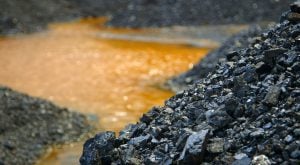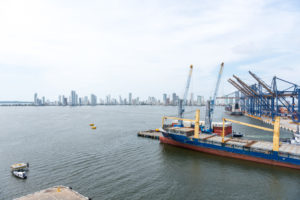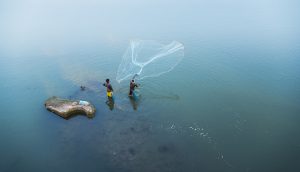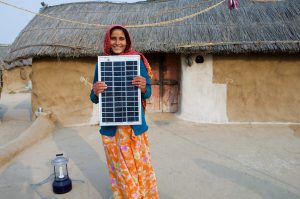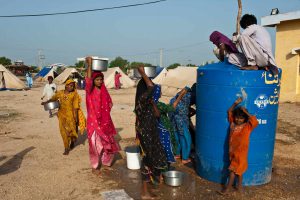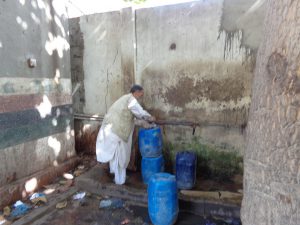Over the last seven years, water-borne diseases have killed more people in Afghanistan than terrorists have. An estimated 16.8 million Afghans drink unsafe water. Around 23 million Afghans do not have access to improved toilets and waste disposal. In 2016 a survey of the water in Afghanistan’s capital city, Kabul, revealed faecal coliform concentration was above five parts per 100 millilitres of water in 80% of the places measured. The World Health Organisation guidelines for safe drinking water suggest that E.Coli should be so low as to not be detectable in 100 millilitre of water. But given that there is no wastewater treatment facility in Kabul, the contamination is unsurprising.
In a country preoccupied by security concerns, only a handful of policymakers and researchers are trying to do something about a situation that threatens to get far worse due to a fast-rising population, even as climate change makes water supply more erratic.
Things are worse outside Kabul, particularly in the Kabul-Kunar river basin in which the capital is located. The rainfall, snowfall and rivers in this basin make the north-eastern part of Afghanistan the wettest in a very dry country. Unsurprisingly the population is exploding here, from seven million in 2001 to 13 million in 2015 and a probably under-projected 22 million by 2046 – some of the added pressure coming from refugees returning to Afghanistan and going to the capital. The 1,268 cubic metres per capita per year water available in this basin in 2008-12 may go down to 667, well below the internationally accepted water stress level of 1,000 cubic metres per capita per year.
There are no easy solutions, as became clear at a recent meeting of the Indus Basin Knowledge Platform organised by the International Water Management Institute (IWMI). The Kabul-Kunar basin is a part of the Indus basin, with the Kunar river joining the Kabul river, which joins the Indus in downstream Pakistan.
A visibly changing landscape
Tayib Bromand of Afghanistan’s Ministry of Energy and Water said at the meeting that the upper parts of the basin – at heights of up to 7,500 metres – were witnessing more spring floods as the snows melted faster due to climate change. Of the 1,601 glaciers in the headwaters of the two rivers, many were receding, according to residents, though none had been studied systematically. The average winter temperature in this area has risen by 2.5 degrees Celsius since the records began in the early part of the last century.
Those rushing floodwaters were not doing much good and a great deal of harm, while there were now recurring droughts in the summer and autumn due to a 41% decrease in rainfall since the turn of the millennium, another development ascribed by scientists to climate change. The lower parts of the basin, especially the Nangurhar area, are now recording new temperature highs almost every year.
Half of this water being carried by the two rivers evaporates under the hot sun. All in all, water availability in Afghanistan’s most important river basin is becoming more and more uncertain.
Less water, but more pollution
Add to that the problem of water quality, as Naim Eqrar, a professor at Kabul University, described at an Indus basin regional media forum organised jointly by IWMI and thethirdpole.net, a day after the knowledge platform meeting.
Eqrar quoted from the 2011 Human Development Report of the UN Development Programme (UNDP) to say safe water supply was available to only 27% of the people of Afghanistan, and this figure went down to 18% in villages. Only 5% of the population was covered by what UNDP considers “safe sanitation”, and this figure dropped to only 1% in villages.
The Afghan government has been working hard on this, said Eqrar, and by 2016 the percentage of population with safe water supply had risen to 45%. Rural water supply coverage had risen to 35.5%, national coverage of safe sanitation to 8.4% and rural coverage of safe sanitation to 2.4%. Clearly, though, there is still a long way to go.
Planning in the dark
One of the problems Afghan planners are facing is lack of data in these areas as well as a major information gap between policymakers and citizens. The security situation does not help – Afghanistan needs a countrywide network of water quality and quantity measurement stations, that will also require regular data collection and visits – and not enough officials are willing to go to disturbed areas for this purpose.
The situation is complicated by the fact that the Kabul river flows across the border into Pakistan. The Afghan government is planning to build dams along the river, which will impact the water flow reaching Pakistan. Noted Pakistani expert Shafqat Kakakhel has urged that there be a treaty between the two countries over the use of the waters of the Kabul river, but lack of trust stymies a start. Afghan officials also admit that the lack of essential hydrological data and technological capacity and funds all make it difficult to monitor water use and to implement any water-distribution agreement that may be reached.
See Afghanistan-Pakistan treaty on the Kabul river basin?
As Afghanistan faces more droughts, floods and landslides due to climate change, as agriculture becomes more difficult, the country will need help that lies beyond soldiers and tanks. While a treaty over a transboundary river may not be forthcoming in the foreseeable future, more cooperation between researchers and NGOs across the region is certainly doable, and the time to begin that is now.
![<p>The Kabul-Kunar basin is the wettest part in a dry country, leading to huge population growth [image by: Phillip Hickman]</p>](https://dialogue.earth/content/uploads/2017/07/Kabul-Phillip-Hickman.jpg)

